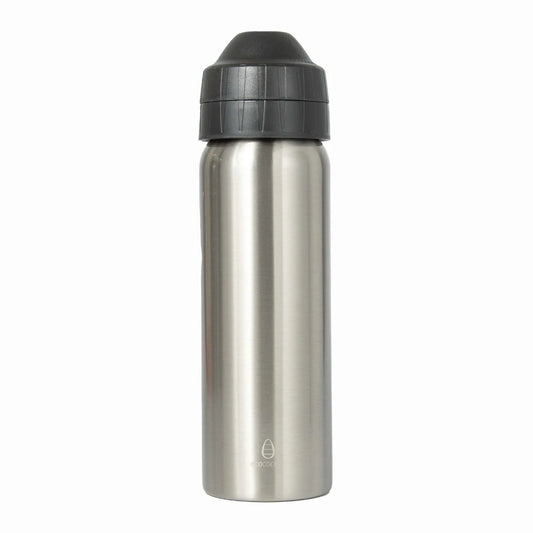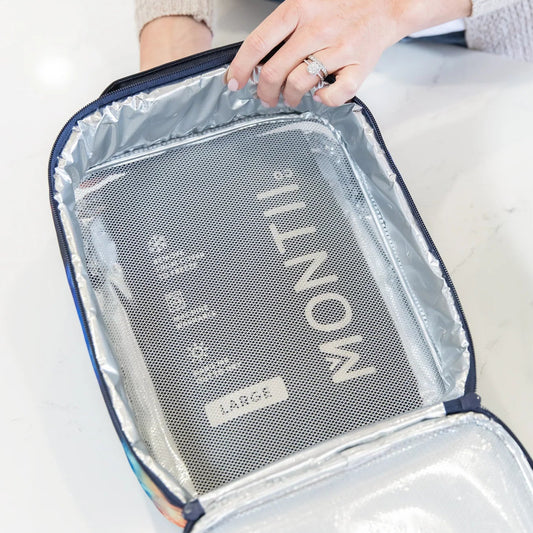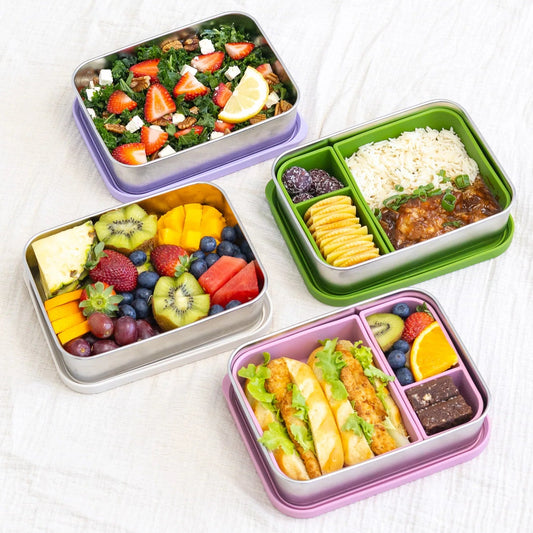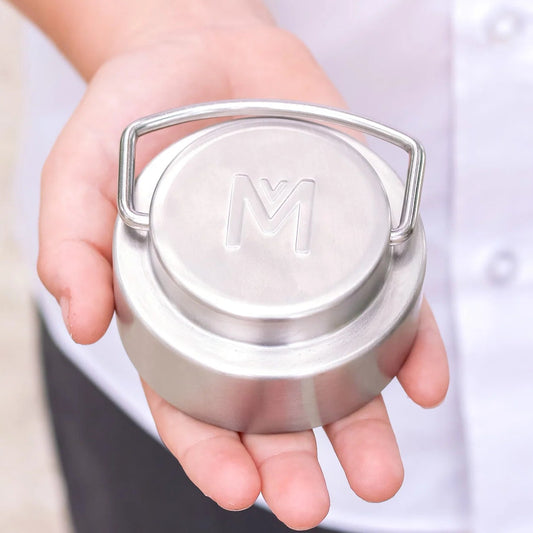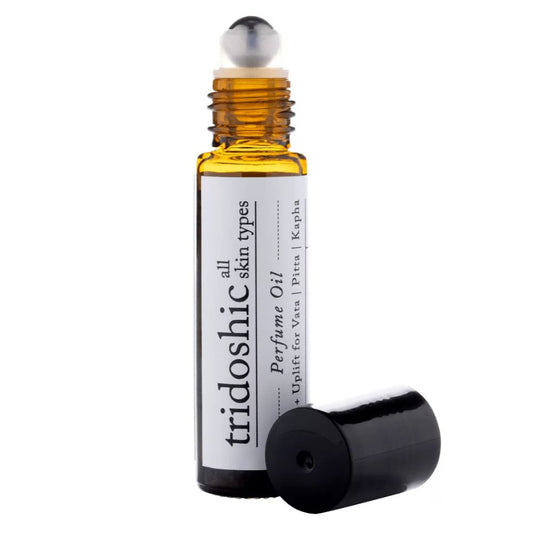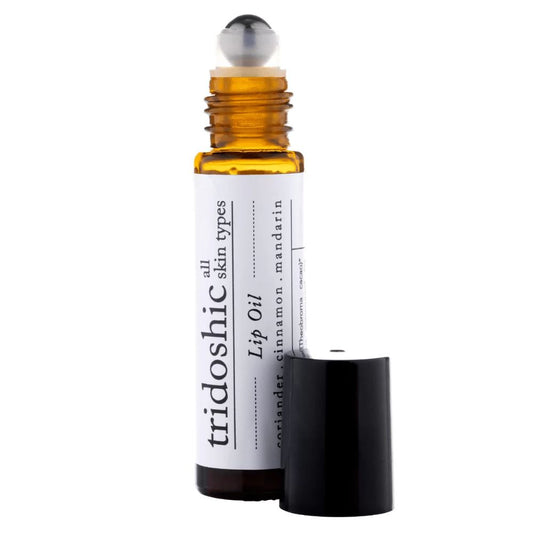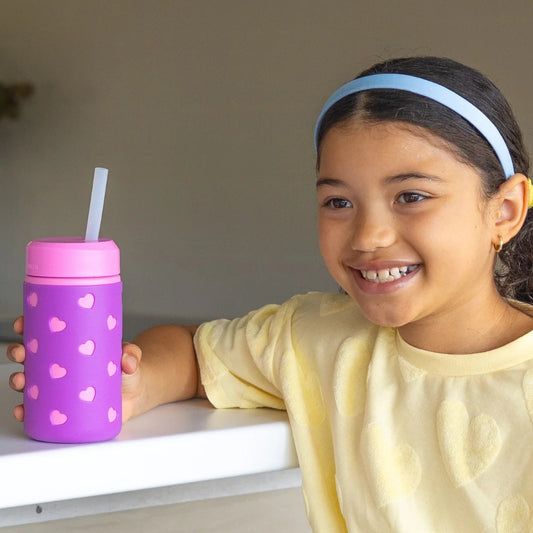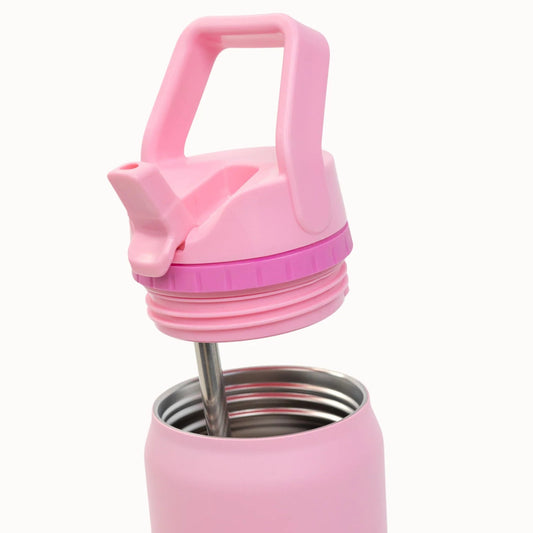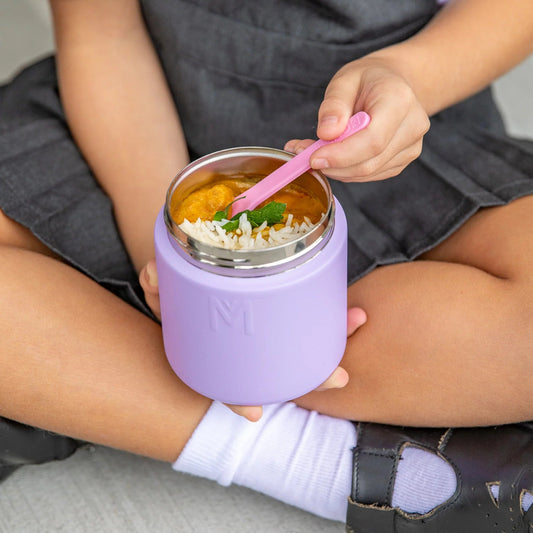
Editor's Note: This article was originally published in October 2017. It has been thoroughly updated in June 2025 to reflect the latest knowledge, safety practices, and tips for kombucha fermentation.
Kombucha – it might sound like the latest dance craze, but it’s actually a time-honoured, gut-loving drink that you can easily make at home. Here's a refreshed guide with clear steps, helpful tips, and a little science behind why it's worth the effort.
Just before we get into that, do you know anyone who makes their own kombucha already? Keep that in mind as you read through because they could be a great way to get your hands on a SCOBY!
What is Kombucha?
Kombucha is a fermented tea known for its tangy taste, probiotic content, and digestive benefits. It’s made by fermenting sweetened tea with a SCOBY (Symbiotic Culture Of Bacteria and Yeast).
As awareness of gut health grows, kombucha has surged in popularity. The gut is now understood as the home of the immune system, and many chronic conditions—from autoimmune diseases to mood disorders—are linked to poor gut health.
Over decades, overuse of antibiotics and highly processed diets have contributed to gut dysfunction, including conditions like leaky gut and dysbiosis. Fermented foods, including kombucha, help restore microbial balance and support the gut’s natural healing capacity.
Despite the sugar added at the start, most of it is consumed by the bacteria during fermentation, making kombucha low in residual sugar. The result? A lightly fizzy, tart drink that’s good for your microbiome and easy on your system.
Why Make Your Own Kombucha?
You can buy kombucha almost everywhere now—but brewing it yourself offers major benefits:
- Cost-saving: Home batches cost a fraction of store-bought bottles.
- Waste-free: Reuse your jars and bottles, cut down on packaging.
- Customisable: Choose your tea, control the sugar, and get creative with flavours.
Plus, there’s something deeply satisfying about watching your SCOBY grow and your brew transform.
How to Make Kombucha at Home
What You’ll Need:
- 3 litres of filtered or boiled water
- 5 black or green tea bags (or equivalent loose leaf)
- 1 cup white or raw sugar
- 1 kombucha SCOBY
- 1 cup of kombucha from a previous batch (or from a trusted store-bought bottle)
- A large glass, ceramic, or food-grade plastic vessel (no metal)
- A clean cloth and rubber band
Step-by-Step Method:
- Brew your tea: Bring water to a simmer and dissolve sugar completely. Remove from heat and steep tea for 30–60 minutes.
- Cool it down: Let the tea return to room temperature.
- Assemble your brew: Pour the tea into your fermentation vessel. Add the SCOBY and the kombucha starter liquid.
- Cover & rest: Cover the jar with a cloth and secure with a rubber band. Leave in a warm, dark space (24–32°C) for 7–10 days.
- Check for readiness: Taste it after a week. It should be pleasantly sour and slightly fizzy. The longer it ferments, the tangier it gets.
- Harvest your kombucha: When ready, gently remove the SCOBY, reserving one cup of kombucha for your next batch.
- Bottle it up: Pour the rest of the kombucha into clean bottles. Drink as-is or add flavours for a second ferment.
Flavoured Kombucha: A Simple Ginger Aid
This is a great introduction to second fermentation, where you infuse kombucha with fruit and herbs to boost flavour and fizz.
Ingredients:
- 1 litre kombucha
- 1/2 cup fresh pineapple juice or 1 cup chopped pineapple
- 1 tbsp grated ginger
- A handful of mint leaves
Method:
- Combine kombucha, pineapple, and ginger in a clean bottle.
- Seal and refrigerate for 1–2 days.
- Serve chilled with mint leaves and ice.
Extra Tips
- SCOBY care: Your SCOBY should be glossy, off-white, and slightly rubbery. Avoid any with black spots or fuzzy mould.
- Use only non-metal tools: Metal can harm the SCOBY. Stick to glass, wood, or plastic.
- Flavour ideas: Try berries, lemon + thyme, or apple + cinnamon for your second ferment.
Where to Go Next
- Find a trusted source for your first SCOBY (a friend, local fermenter, or certified organic shop).
- Consider investing in a reusable kombucha jar or crock with a tap for easy dispensing.
Troubleshooting: Common Kombucha Issues
Q: Why is my kombucha not fizzy?
A: Bottling too late, low sugar content, or overly tight seals can reduce carbonation. Try adding a teaspoon of sugar or juice to the bottle for a second ferment to encourage bubbles.
Q: What if my SCOBY sinks?
A: That’s fine. SCOBYs float, sink, or hover—all normal. New SCOBY growth typically forms on the surface.
Q: What if there’s white film or sediment?
A: A white film may be a new SCOBY forming. Sediment is normal yeast buildup. Avoid if you see fuzzy mould or strong off-putting smells.
What Probiotics Are in Kombucha?
Kombucha can contain various strains of beneficial bacteria and yeasts, including:
- Lactobacillus (supports digestion)
- Saccharomyces (yeast that aids gut health)
- Gluconacetobacter (contributes to acetic acid production)
Each batch varies, but these microbes help populate your gut with beneficial flora.
How Long Does Kombucha Last in the Fridge?
Homemade kombucha stays fresh in the fridge for up to a month or longer. The flavour continues to develop over time, becoming more sour. Store in airtight glass bottles and keep cold to maintain fizz.
Ready to Try?
Making kombucha is low-risk, low-waste, and full of flavour. Plus, it's a great way to take your gut health into your own hands—literally.


